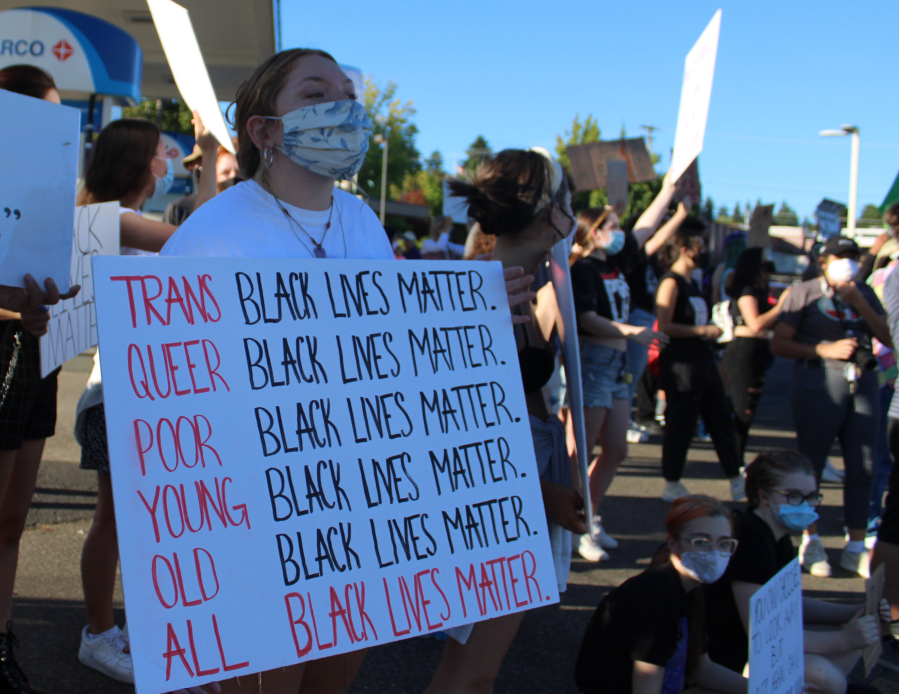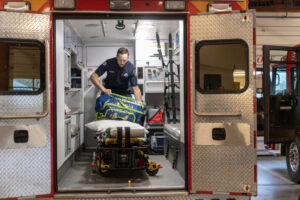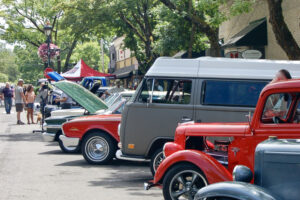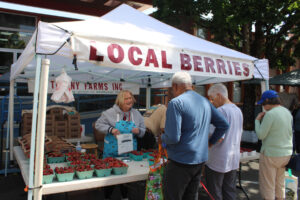The push to “keep Camas, Camas” and retain the city’s vaunted “small-town feel” may be alienating many Camasonians who do not identify with the city’s white, cisgendered, heterosexual or Christian communities.
“Some families and individuals are experiencing a different version of Camas,” Camas Mayor Ellen Burton told Camas City Council members this week. “These are our friends and neighbors who live in similar houses to ours, drive similar cars, work similar jobs and whose kids attend the same schools. However, they don’t necessarily feel safe and represented. The ‘small-town feel’ that we continuously strive to create becomes one of alienation and anxiety. Opportunities available to some, are limited for others.”





